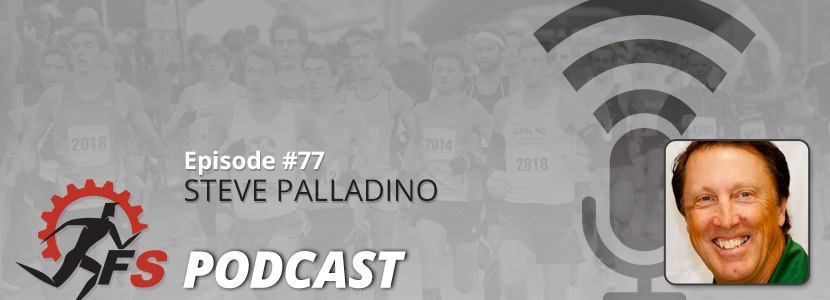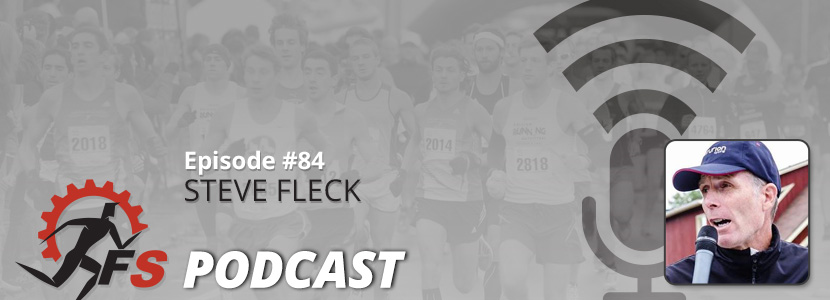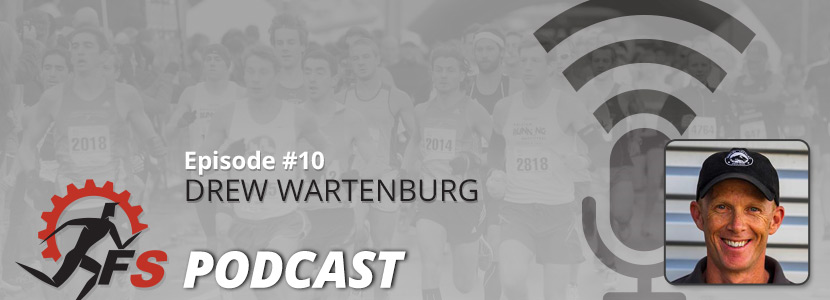Welcome to Episode 77 of the Final Surge podcast where we talk to coach Steve Palladino about Power meters for runners. Back in Episode 61 we addressed power with Jim Vance, today we take another look at it and dive deeper into the numbers and success stories. If you want to get even more information, make sure you check out Steve’s power Facebook group which you can find in the show notes. Also if you are interested, check out the Stryd Power meter here.
Listen to the podcast on iTunes or listen to it on Stitcher or Google Play if you have an Android device.
Stream it right here:
Can you tell us about your background and how you got involved in running
- Ran in middle/high school (4:27 mile)
- Ran in Jr College then U California David
- Post-collegiate ran 2:16 at Boston in 1979 and ran for Adidas
- Then became podiatrist
- Started running again late 30’s
- In 40’s started competitive cycling and was an early adapter to power meters for bikes
A lot of questions still on power for running, why are you such a fan of running with power?
- Power is an output, closest measure of what is going on metabolically to produce our movement
- Power will show similar effort on track, on roads or even on a dirt hilly trail
- Can take a workout easily off the track with power and will get same workout effects
You mentioned perceived exertion. Alex Hutchinson did a piece recently in Outside Magazine that I thought was very fair taking a look at some of the issues he has with power for running. I have been using a Stryd power meter myself recently and have become a fan, but he has some good points. So why do we need a power meter when we have RPE?
- Power calibrates RPE and RPE modulates power.
- There are days when your RPE are a little off and power will help you recalibrate RPE on those days.
- They fine-tune each other
If you look at Galen Rupp or Alan Webb or Kellyn Taylor these are professional runners who are having a lot of success in their sport and not needing power, so what does this really solve, what is missing?
- Coaches have had success and a lot is on the track so when on track pace works well
- Power you can take it off the track onto a trail or road and do similar workout
- Elites just have not identified it yet and it is starting to make some inroads
- Just like cycling started out as a fringe thing, now all elites use it
With triathlons I can see coming off the bike your legs are tired and running with power may be able to inform how you are feeling. But for someone who is just running an open 10k on fresh legs is power that important?
- Triathletes will benefit from the data, but variable is what type of power can you produce after a bike ride
- Fresh 10k power can be very beneficial for pacing and to keep you where you need to be for a whole race
- Elites are racing athletes where age groupers are more racing for a time so different benefits
We recently added your power Zones to our Final surge platform, Can you talk about how you use zones?
- Added more than Stryd has
- Looked at a lot of races so has been able to adjust and finer tune power zones
- Upper-end zones have more than other systems based on race ranges and information
To get your zones you need FTP or your functional threshold power, how do you get that base number?
- There are several ways to estimate
- Critical Power Test – 3 minute and 9-minute test
- Recent 5k-10k race
- Comes out to about lactate threshold power
A key number is running that you like to focus on is running effectiveness, and I know this is something we are looking at adding to our system, what is running effectiveness?
- How effective you are at converting power to speed
- Important metric
Let’s give an example of how this can change. Let’s say you have a runner who’s running FTP is 350 at 8:00 pace and you train for a few weeks and now you get an FTP of 350 but at 7:45 pace, does that mean the running effectiveness has changed?
- Yes, getting more speed at same power
- Slow moving metric, but can get improvement
What can I do to improve my running effectiveness?
- Somethings we know and some are still unknown
- Leg Spring Stiffness – by weight training/plyos/hills
- Form issues can be improved, horizontal power issues
- Improve running economy
You mentioned running spring stiffness and vertical oscillation, and there are a lot of numbers that power looks at. So I finish a run and log in to look at my Stryd numbers? What should I be really tracking and looking at? Is it my Run Stress Score, or running effectiveness or leg stiffness or what do I need to focus on?
- Don’t want paralysis by analysis
- Look at power and power to weight
- Running effectiveness
- Leg Spring Stiffness
- Horizontal Power
- Those are the main ones, others are secondary and help break down the above primary numbers
If someone is looking at this and wants to try it, most plans they are following on the internet are not power plans. How can they look at a workout and modify it for power?
- If you know your power zones and reference them can translate
- Turn distances into durations
- Easier to take those off track and onto other surfaces
You mentioned coaching high school athletes and that you have been using power with your high school kids, can you talk about how that has been going with them?
- Not every kid, but one from each group of similar ability
- Training load can be monitored easier to make sure stays where it needs to be
You have trained some athletes to amazing big PR stories using power. Can you tell us about one or two of those as a demonstration of how power really helped?
How can things like snow effect power?
- Power doesn’t change but running effectiveness/pace changes
Where do you think this goes from here? What needs to happen for it to make a big breakthrough like power for bikes have?
- Seeing success over and over
- So many metrics need to focus on simplification
- Success stories getting shared
The Final Surge… 5 questions in under 1 minute
Favorite endurance/running book? – Lore of Running
Current trainers you are wearing? – HOKA Stinson
Favorite race? – Boston Marathon
Favorite meal or recovery drink? – Burrito
Your favorite workout – Long Run with spice
Resources:
Pallidino Power Project Facebook Group
Links to external sites may contain affiliate links. Thanks for using them and supporting our podcast.
Team Final Surge





